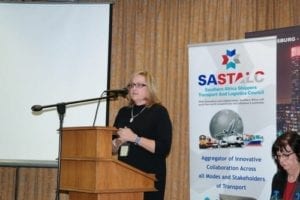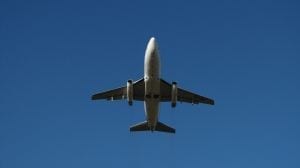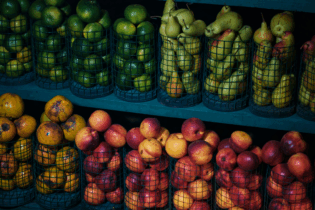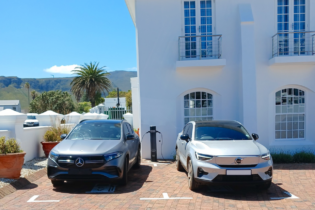Inefficiencies in supply chains, delays and increased logistics costs hamper economic growth and negatively impact poverty-stricken areas in South Africa and Mozambique.
This is according to Barbara Mommen, CEO of the MCLI and associate member of SASTALC, who spoke at the 3rd Logistics Business Breakfast last week. Mommen briefed attendees on the roll out of the SARS customs modernisation project and the Single Electronic Window System (SEW). “It is important to understand the underlying reasons why policymakers cannot make reforms take off. Traditions, corruption and other outdated structures are usually the biggest obstacles. These cannot be overcome by merely providing short-term technical assistance and benchmarking world best practices. Only strong political leadership can make the change,” she said. “It is a well-documented fact that the movement of cargo enables economic growth, thus making the role of customs crucial,” she continued. It is a widely held belief that regional integration works provided the private sector collaborates with the public sector. Regional integration would reduce the cost of doing business, speed up processing systems and reduce trade blockages. “Government’s inability to implement regional integration stems from the fact that each country has its own vested interests,” she said. “We need political will to provide the impetus.” Mommen congratulated South African and Mozambican customs authorities for implementing a modern, paperless system in South Africa as well as Single Electronic Systems countrywide. Mozambique’s KM4 freight clearing facility provides quick document clearance and, having removed the human interface, has limited the possibility of corruption. It has reduced the number of documents required, improved government revenue collection and aided overall processing efficiency. Mommen said there is a continuous process to improve the SEW among stakeholders in order for it to run efficiently as cost and time constraints persist.SARS, as well as the SEW have increased the electronic interface, thereby improving the ability to conduct business. This interface will have to be hastily rolled out into the region. While the Single Electronic System has significantly improved processes at border posts, it comes with setbacks.
For instance, hard copies of manifests must be carried by road transporters. This means one truck entry at a time, with drivers having to get out of their vehicles. There is also a 4km non-intrusive inspection procedure, at which point drivers tend to socialise. A level of ambiguity also exists when it comes to the cost of clearance, as the value of cargo increases in dollars against third-world currencies, while elongated delays result when the system is down. There are only 180 parking slots at the staging area at KM4, whereas 800 trucks daily can be travelling in a single direction, resulting in congestion and blocking up of the N4. Clearing is meant to be completed within 15 minutes at KM4. However, it can take between 22 and 26 minutes – when all systems are working – whereas it takes a maximum of 19 minutes on the South African side at KM7. Another issue is that fees at the terminal are calculated ad valorem, meaning the higher the value of goods, the more expensive to use the facility. This does not always encourage efficiency. Mommen explained that the MCLI had played a major role in resolving issues as they arose, such as providing a single manifest entry for, say, 40 trucks on declaration. The non-intrusive inspection concession issued to Kudumba Investments, ensures that state-of-the-art technology is used where it is mandatory for all trucks (transit/import/export) to pass through. This takes around three minutes. Mommen said the road to modernisation had been tough, with resistance coming from various government departments as it closed illicit payment gaps. The next step has to be the electronic interface between the two country systems, to improve efficiencies further. The fruition of a One Stop Border Post will mean that the two physical processes can be done at a single site. “It is clear that the SARS modernisation and the Mozambique SEW is world best practice. Users do not mind paying, provided that efficiency improvements balance with increased cost,” she said.







